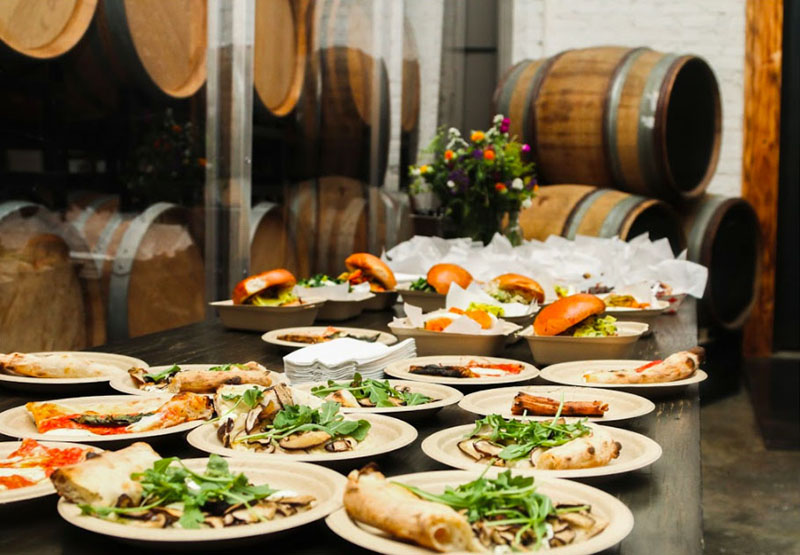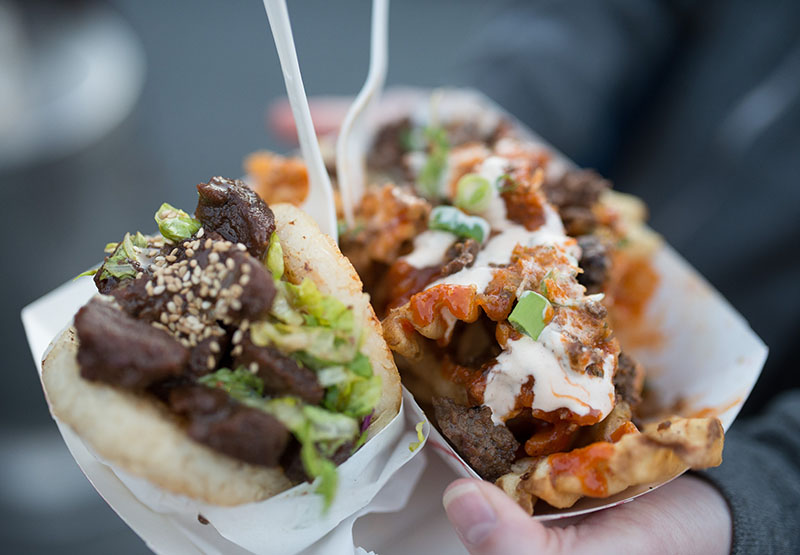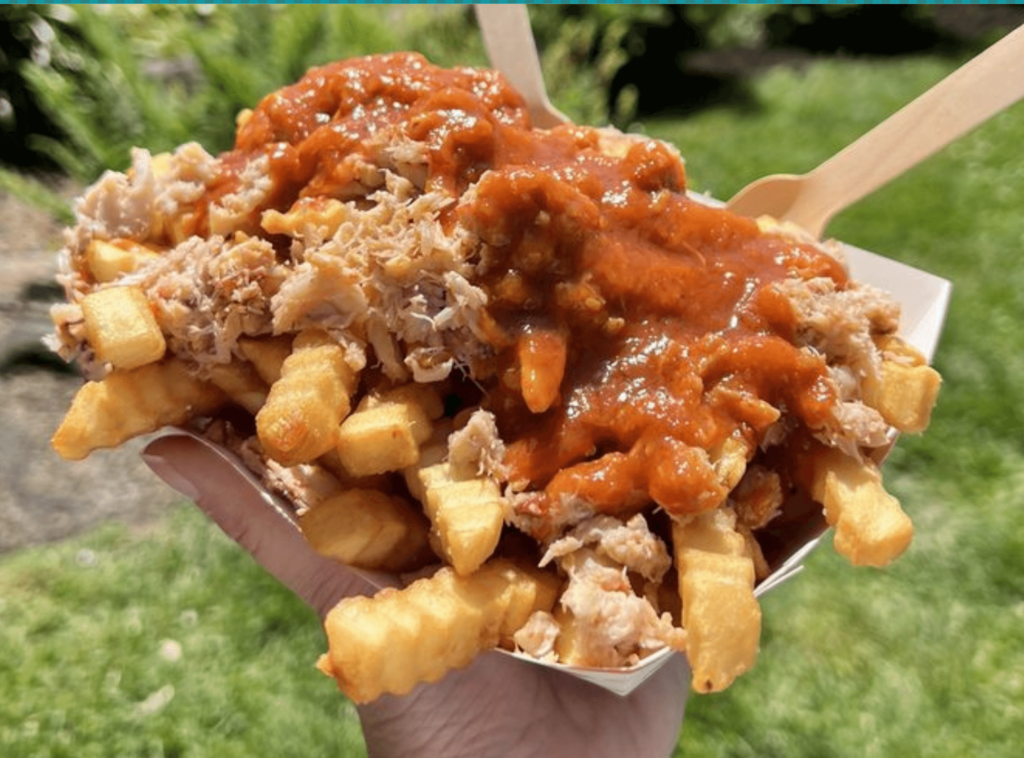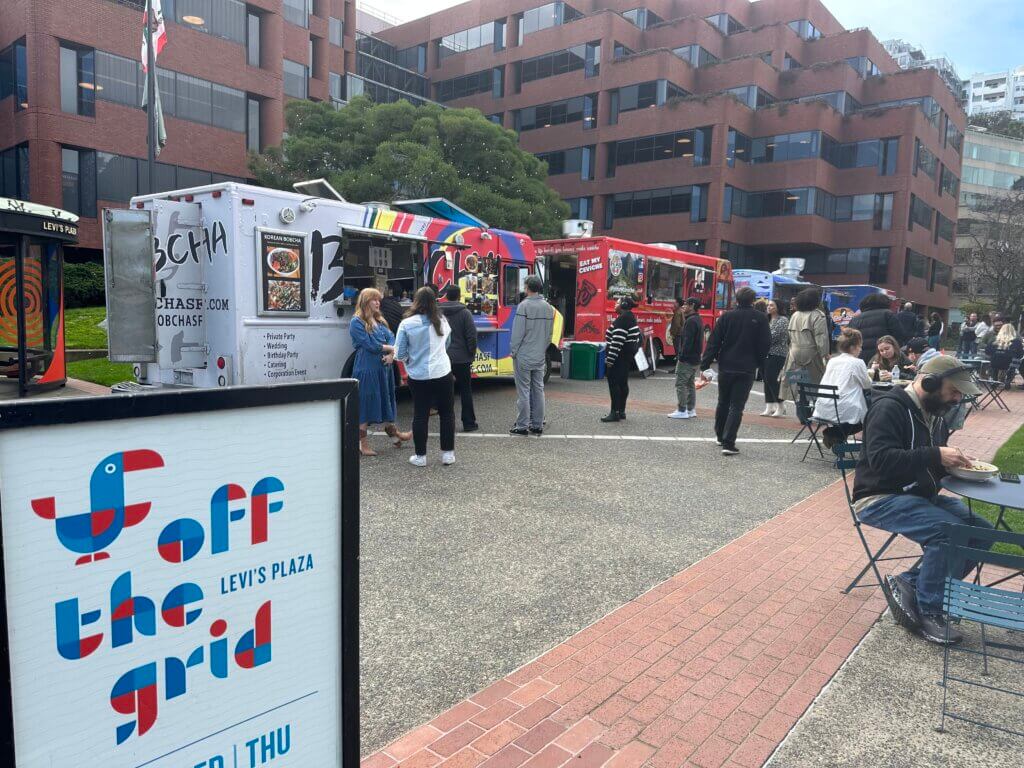
If you work in the Bay Area, odds are high that your company provides some sort of lunch or dinner to employees as a work perk. Meals at the office can be an important aspect of office culture, and with the level of competition for talent in the Bay Area, it’s pretty much a required benefit. If you’re the one managing this service, you also likely know how many vendor options are out there.
With so many choices, it begs the question – how can you be sure you’re using the ideal meal vendor for your office? We’ve put together a quick list of considerations to help you serve up an all-star meal program (plus help you manage it!). Assessing your vendor periodically ensures that you have the best service possible in place, and enables your meal program to run smoothly, keeping your office well-fed, satisfied, and happy.
1. Start by asking why

Why do we have a meal program in place? What’s our intention in offering meals at work? Are we trying to build culture through communal meals? Do we want to help employees be more efficient? Is food at work really just a standard work perk at this point?
Understanding the why of your meal program can provide a ton of guidance in thinking through the basic requirements you have in a vendor. If your main focus is efficiency, you need a vendor who can get the job done quickly and keep things moving. If you want to build a community, it’s important that food is set up and served in a way that makes people want to eat together in an inviting space. Once you can point to the purpose of your meals at work, you have a guiding north star.
2. Assess your mealtime needs

As the person in charge of running the employee meal program, you know your workforce’s tastes and desires better than anyone. To ensure that your program is meeting your employees’ food needs, here are some factors to consider:
Dietary restrictions: How many vegetarian, vegan, gluten-free, and other restricted diners do we need to provide for? How can we keep it interesting for all of our employees?
Timing: What type of timing will work best for our culture? Do we want everyone sitting together at the same time to share a meal? Do we want open service hours when employees can eat as they please?
Premium: How deluxe does this experience need to be? Do our employees like living the high life? Are they more down to earth and lowkey?
Palate: What do our employees have a taste for? Do they enjoy trying new foods and look for diversity? Are they happier with routine, familiar food that they’re comfortable with?
3. Identify must-haves and deal-breakers

Identify the factors that are most important to your company. With a huge number of options in the Bay Area, you have the luxury of being picky in choosing your vendor. While a meal service can perform on a number of fronts, it’s likely that no one vendor can meet ALL of the qualifications, so it’s important to focus on the factors that you and your company really care about.
Consider building a scorecard with the factors that are most important to your company in a meal program. A few we’ve traditionally looked at include:
Food metrics: Consistency, quality, safety, waste, diversity of options
Program management: Ease of ordering, digital access, consumption analytics, communication with vendor
Employee experience: Timeliness of service, quality of hospitality, access to healthy options, exciting/engaging experience
After you’ve highlighted your priorities, rank your vendor in each of these areas. How are they performing? Is there room for improvement? Even if you’re fully satisfied with your current vendor, thinking through their current performance provides a great opportunity to provide them feedback and engage in additional conversation. A well-fed workforce is a happy workforce; make sure you’re working with a partner who can help you create the optimal mealtime experience for your employees!
Let us help you make your meal service a success! Contact Off the Grid at Work for more information on how we can help keep your office happy through food.



